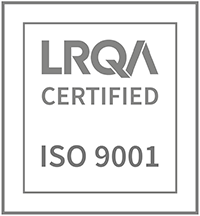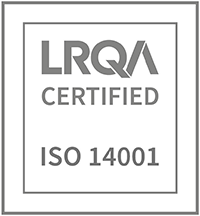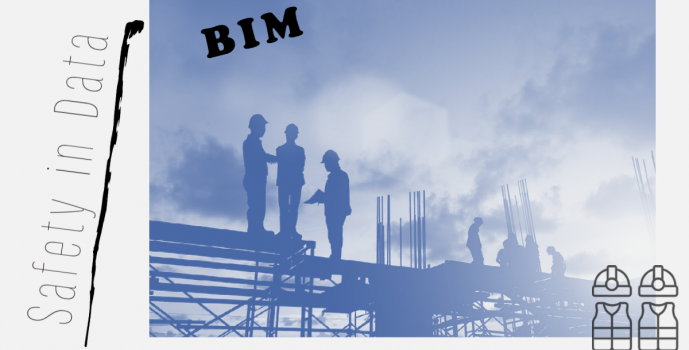Introduction to BIM and its Impact on Health and Safety
Building Information Modelling (BIM) has revolutionised the construction industry by streamlining processes, increasing efficiency and reducing costs. However, one of the most significant benefits of BIM is its ability to improve health and safety on construction sites. This article will explore how BIM can enhance health and safety, reduce risks, and ultimately save lives.
The Role of BIM in Risk Identification and Mitigation
BIM allows for creating accurate 3D models of a construction project, providing a comprehensive view of the site and its components. This enables designers, engineers, and contractors to identify potential hazards and risks early in the design phase, allowing them to implement necessary changes to minimise them.
Hazard Detection: BIM software can automatically detect potential hazards, such as clashes between structural elements, inadequate clearances or unsafe access routes. This allows for prompt resolution of these issues before construction begins, reducing the likelihood of accidents on site.
Visualisation of Safety Measures: BIM models can incorporate temporary works, such as scaffolding, edge protection and hoardings. This allows stakeholders to assess the effectiveness of these safety measures, ensuring that they are adequate and properly positioned.
Construction Sequencing: BIM allows for developing detailed construction schedules, enabling project teams to plan and coordinate work safely and efficiently. This helps to prevent accidents caused by poor communication or coordination between trades.
Monitoring and Compliance through BIM
Ensuring compliance with health and safety regulations is critical to any construction project. BIM can support this process by providing tools for monitoring and tracking site conditions and progress.
Site Inspections: BIM models can facilitate site inspections, allowing inspectors to quickly and easily identify potential issues and non-compliance. This ensures that problems are addressed promptly, reducing the risk of accidents or incidents.
Performance Tracking: BIM allows for tracking key performance indicators (KPIs) related to health and safety. This provides valuable insights into the effectiveness of safety measures and helps identify improvement areas.
Incident Reporting: BIM can streamline the incident reporting process by automatically generating reports based on data captured within the model. This ensures that accurate and up-to-date information is available for review and analysis, helping to prevent future incidents.
The Future of BIM and Health and Safety in Construction
As technology advances, the capabilities of BIM will continue to expand, offering even greater potential for enhancing health and safety in the construction industry. Emerging technologies, such as artificial intelligence (AI), augmented reality (AR) and the Internet of Things (IoT), are set to revolutionise the way BIM is used to manage and improve site safety.
Artificial Intelligence: AI-powered BIM software has the potential to automate the identification and assessment of health and safety risks. This could lead to even more efficient hazard detection and risk mitigation, enabling construction professionals to focus on implementing adequate safety measures.
Augmented Reality: AR technology can overlay BIM models onto the physical environment, providing real-time visualisation of potential hazards and safety measures. This can help workers better understand their surroundings and make more informed decisions to ensure their safety.
Internet of Things: The integration of IoT devices with BIM can enable real-time monitoring of site conditions, such as air quality, noise levels and structural integrity. This data can be used to proactively identify potential health and safety risks and implement appropriate controls to mitigate them.
Best Practices for Implementing BIM for Health and Safety Management
To fully realise the benefits of BIM in improving health and safety on construction sites, it is important to adopt best practices for its implementation. Here are some key considerations for integrating BIM into your health and safety management processes:
Develop a BIM Execution Plan: A BIM Execution Plan (BEP) is a crucial document that outlines the goals, objectives and procedures for implementing BIM on a specific project. Ensure that health and safety objectives are clearly defined in your BEP and that all stakeholders are aware of their responsibilities in achieving these objectives.
Invest in Training and Education: Ensure that all project participants receive adequate training in BIM software and processes and relevant health and safety regulations. This will help to ensure that everyone is working from the same understanding and can contribute effectively to achieving the project’s health and safety goals.
Regularly Review and Update BIM Models: BIM models should be regularly reviewed and updated to reflect changes in site conditions, design modifications or new safety measures. This ensures that all stakeholders have access to the most accurate and up-to-date information, helping to reduce the risk of accidents and incidents.
Collaborate and Communicate: Encourage open communication and collaboration between all project stakeholders, including designers, engineers, contractors and health and safety professionals. This will help ensure that health and safety considerations are fully integrated into the design and construction process and that potential risks are identified and addressed promptly.
By embracing BIM and adopting best practices for its implementation, construction professionals can significantly improve health and safety on their projects and reduce accidents and incidents within the industry.
This article was written to celebrate the International Health and Safety Day, which is held every year on April 28.








